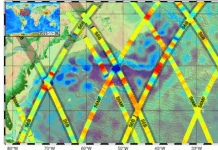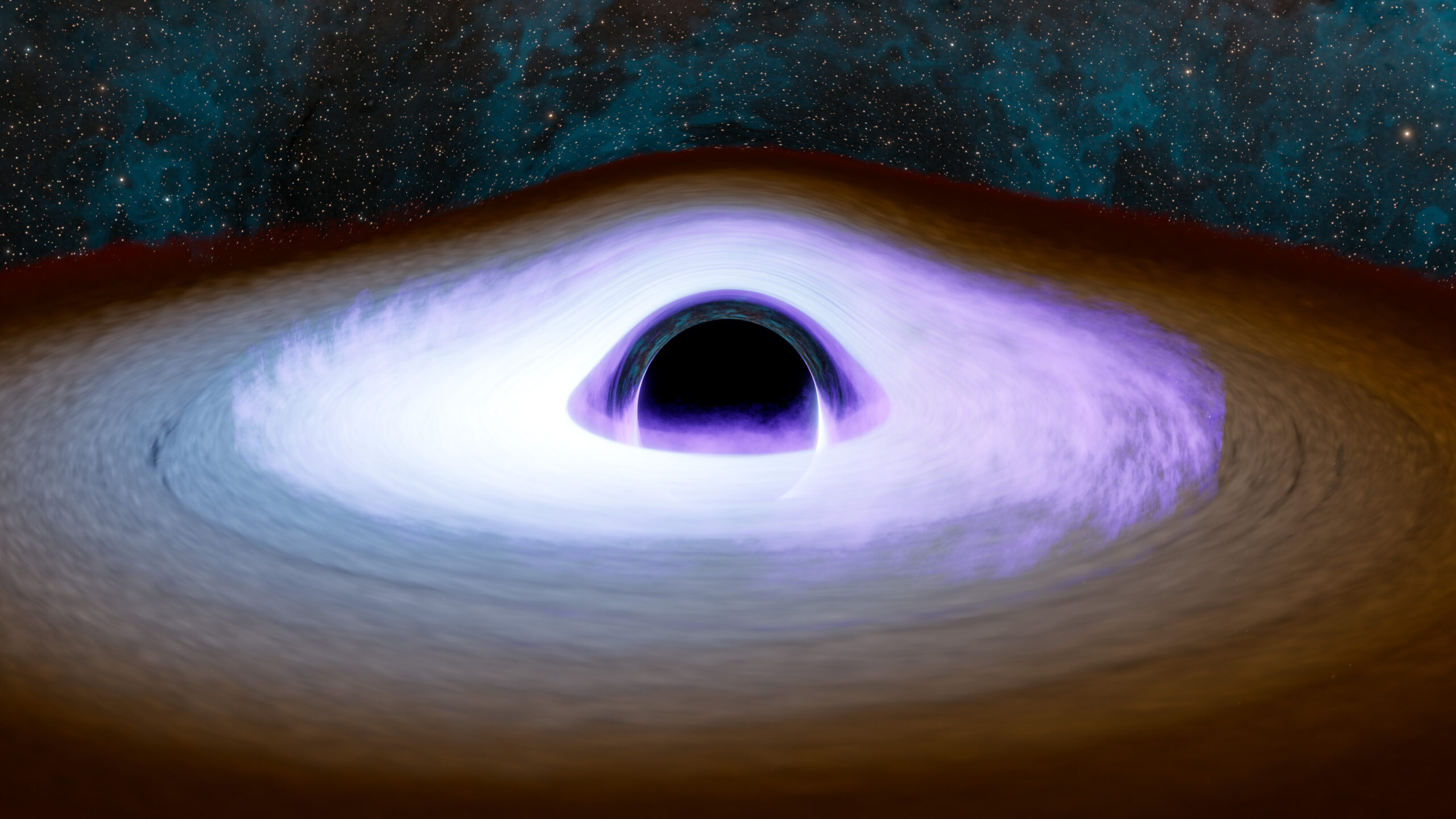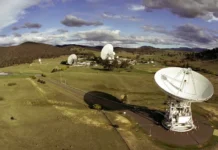The dream of living beyond Earth, whether on the Moon or Mars, has captivated human imagination for centuries. At NASA’s Marshall Space Flight Center, significant strides are being made in turning this vision into a reality. Here, dedicated teams are working tirelessly on habitation systems that will support human life in deep space and on other celestial bodies.
One of the key divisions at Marshall Space Flight Center is the Habitation Systems business unit, which has been spotlighted as the center’s featured organization for October. This unit is at the forefront of developing next-generation habitation systems that are essential for humans to live and work in space environments. The work is facilitated through the Habitation Systems Development Office, where team members collaborate with various programmatic and engineering organizations. Their efforts focus on creating living quarters for planetary surface habitation on the Moon and Mars, designing transit habitats for deep space exploration, and contributing to the Gateway program.
The Gateway program, a crucial part of NASA’s Artemis missions, aims to create a space station that will orbit the Moon and serve as a staging point for lunar exploration. This program is a collaborative effort involving multiple international and commercial partners, aiming to establish a sustainable human presence on the Moon by the end of the decade.
Moreover, the Marshall team is working closely with commercial partners to develop future habitation concepts and conduct risk reduction activities. This collaboration is part of the NextSTEP Appendix A: Habitation Systems and Reimbursable Space Act Agreements. These partnerships are vital as they combine NASA’s expertise with the innovation and agility of commercial entities, fostering a new era of space exploration.
Seth Bell, a key player in this initiative, is the technical monitor for NASA’s commercial partner, Sierra Space. Sierra Space has been conducting full-scale and subscale inflatable habitat burst tests at Marshall’s East Test Area. These inflatable habitats are crucial for creating living spaces in space that are lightweight and can be easily transported and deployed. Bell’s background as a subsystem manager for the Mars Ascent Vehicle and his experience in systems engineering and integration are invaluable to the success of these projects.
Bell expresses enthusiasm about the prospect of seeing inflatable habitats in low Earth orbit, which represents a significant milestone in space habitation technology. The collaborative efforts and enduring relationships formed through this work are testament to the dedication and passion of the teams involved.
Yancy Young, another influential figure at NASA, has a rich history of contribution to space exploration. Having joined NASA in 2008, Young has held various roles, including managing International Space Station research projects and overseeing Launch Package management for Gateway Co-manifested Payloads. Currently, he is the technical monitor for Boeing’s efforts under NASA’s NextSTEP Appendix A Broad Agency Announcement (BAA), which focuses on developing deep space habitation concepts.
Boeing is currently engaged in a Design Analysis Cycle that explores the advantages and challenges of utilizing composite materials for a pressurized Lunar Surface Habitat. Such materials are crucial for building robust and lightweight structures that can withstand the harsh conditions of space.
Brooke Thornton, with over 25 years of experience at NASA, plays a pivotal role in industry engagement for the Habitation Systems Development Office and Strategy and Architecture Office. Thornton manages NextSTEP-2 Appendix A-Habitation Systems and Appendix R-Logistics and Mobility Systems BAA, fostering crucial partnerships between industry and NASA for the Moon to Mars mission. Her work is instrumental in developing the essential elements and operations concepts for human habitation beyond Earth.
In addition to these significant technological advancements, the human element remains a core focus at NASA’s Marshall Space Flight Center. The recent BBQ Fest hosted by the Marshall Exchange is a perfect example. Held on October 21, the event was an opportunity for team members, their families, and retirees to come together and celebrate their hard work. Joseph Pelfrey, director of NASA’s Marshall Space Flight Center, expressed gratitude to all who participated and made the event a success. Such gatherings underscore the importance of community and camaraderie in achieving extraordinary feats in space exploration.
On the leadership front, Tony Clark’s appointment as deputy director of the Engineering Directorate at NASA’s Marshall Space Flight Center marks a new chapter. With over three decades of service to NASA, Clark brings a wealth of technical and supervisory experience. He previously served as deputy director of the Space Systems Department and acting director, overseeing significant projects and managing a diverse workforce. Clark’s leadership will be crucial in guiding the center’s largest organization, which is responsible for designing, testing, evaluating, and operating flight hardware and software for space transportation and spacecraft systems.
Clark’s career is a testament to his dedication and expertise. His contributions to the development of NASA’s Ares IX launch vehicle and involvement in the Space Launch System (SLS) development have been recognized with prestigious awards, including the NASA Exceptional Achievement Medal and the Silver Snoopy award. His role in the Huntsville Chapter of the Institute of Electrical and Electronic Engineers’ Electromagnetic Compatibility Society further highlights his commitment to advancing space technology.
Meanwhile, Sarah Ryan’s work as the Raptor engine lead for NASA’s Human Landing System (HLS) insight team is pivotal in powering the Artemis missions. The SpaceX Raptor rocket engine, which will be used for the Artemis III and Artemis IV missions, is a critical component in NASA’s plan to return humans to the Moon. Ryan’s background in aerospace and mechanical engineering, coupled with her passion for problem-solving, positions her as a key contributor to the success of these missions.
Ryan’s journey from an intern at Marshall to leading significant engine development projects is inspiring. Her involvement in NASA’s Pathways Program and subsequent work in the Engine Systems branch at Marshall demonstrate her commitment to pushing technological boundaries and contributing to NASA’s deep space exploration goals.
Casey Wolfe’s work in developing and producing the next-generation payload adapter for NASA’s SLS super-heavy lift rocket underscores the importance of teamwork in space exploration. As assistant branch chief of the advanced manufacturing branch in the Materials and Processes Laboratory, Wolfe balances technical operations and personnel management to ensure the success of the SLS program. Her journey from intern to a vital team member highlights the impact of supportive work environments and the importance of fostering a sense of belonging within NASA.
The SLS program, part of NASA’s backbone for deep space exploration, is integral to the Artemis missions, which aim to send astronauts to the Moon and eventually Mars. Wolfe’s work on the Orion stage adapter diaphragms for Artemis II and III, and payload adapters for Artemis IV and beyond, is instrumental in advancing these ambitious goals.
NASA is committed to landing the first woman, first person of color, and its first international partner astronaut on the Moon under the Artemis program. This effort is part of a broader strategy to explore more of the Moon than ever before, learn how to live and work away from Earth, and prepare for future human exploration of Mars. The SLS rocket, along with the Orion spacecraft, advanced spacesuits, and the Gateway lunar space station, forms the foundation for NASA’s deep space exploration endeavors.
In addition to these significant advancements in space exploration, NASA’s Imaging X-ray Polarimetry Explorer (IXPE) mission is providing unprecedented insights into the nature of black holes. The mission has revealed the shape of a corona, a plasma region surrounding black holes, offering valuable information about its role in feeding and sustaining these enigmatic cosmic objects.
Black holes, known for their intense gravitational pull from which even light cannot escape, are often surrounded by accretion disks and possess superheated coronae. IXPE’s findings have provided clues about the corona’s shape and its relationship to the accretion disk, enhancing our understanding of black hole dynamics.
These discoveries are crucial for advancing our knowledge of stellar-mass and supermassive black holes, which differ vastly in scale yet exhibit similar accretion mechanisms. The IXPE mission is paving the way for further studies that could unlock new findings about black holes and their fundamental processes.
In summary, NASA’s Marshall Space Flight Center continues to make significant strides in space exploration, from developing advanced habitation systems to unraveling the mysteries of black holes. The dedicated efforts of NASA’s teams and their collaboration with commercial partners are driving innovation and opening new frontiers in human spaceflight. As we look to the future, these endeavors will undoubtedly play a pivotal role in humanity’s journey to the Moon, Mars, and beyond.
For more Information, Refer to this article.


































